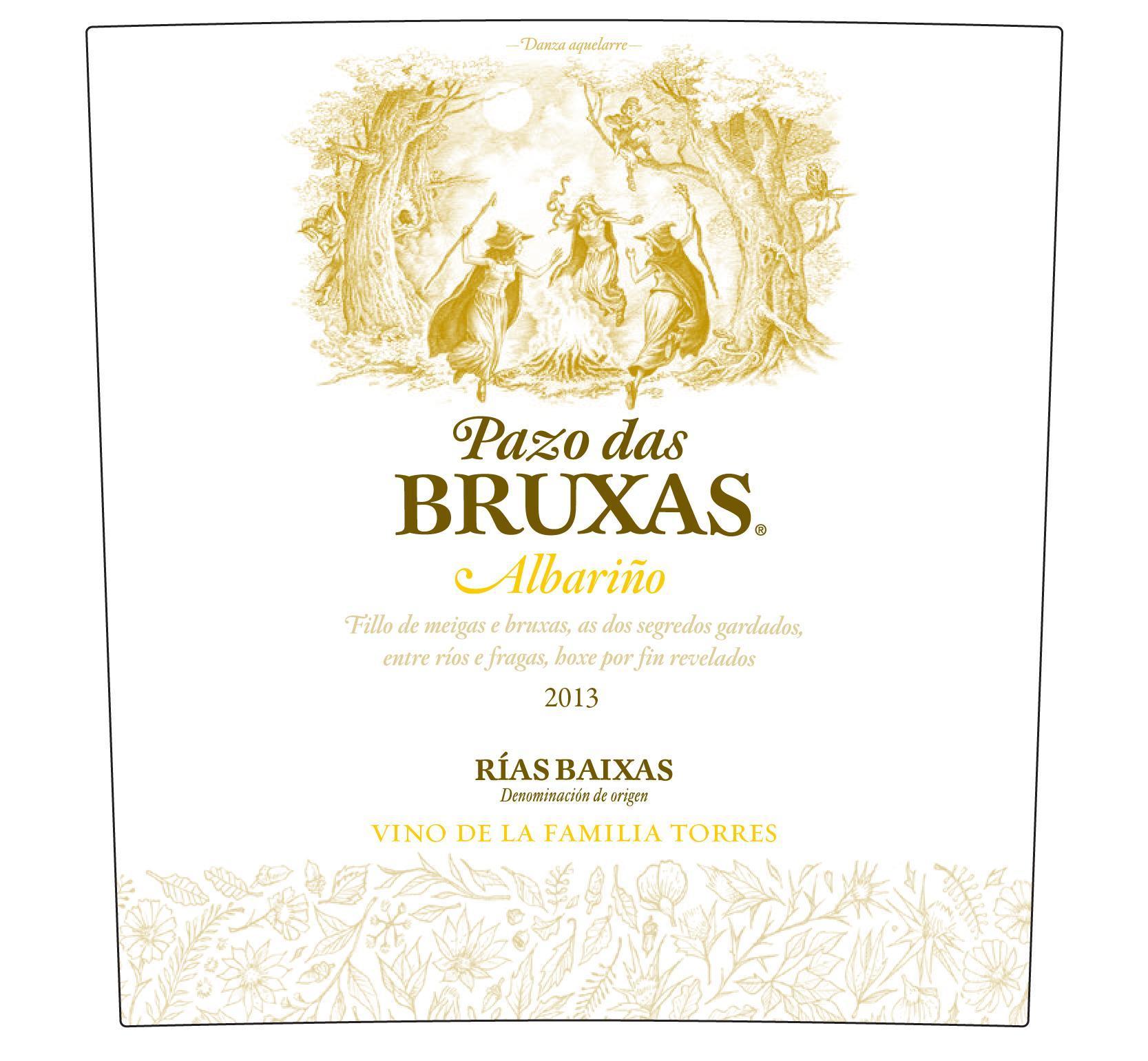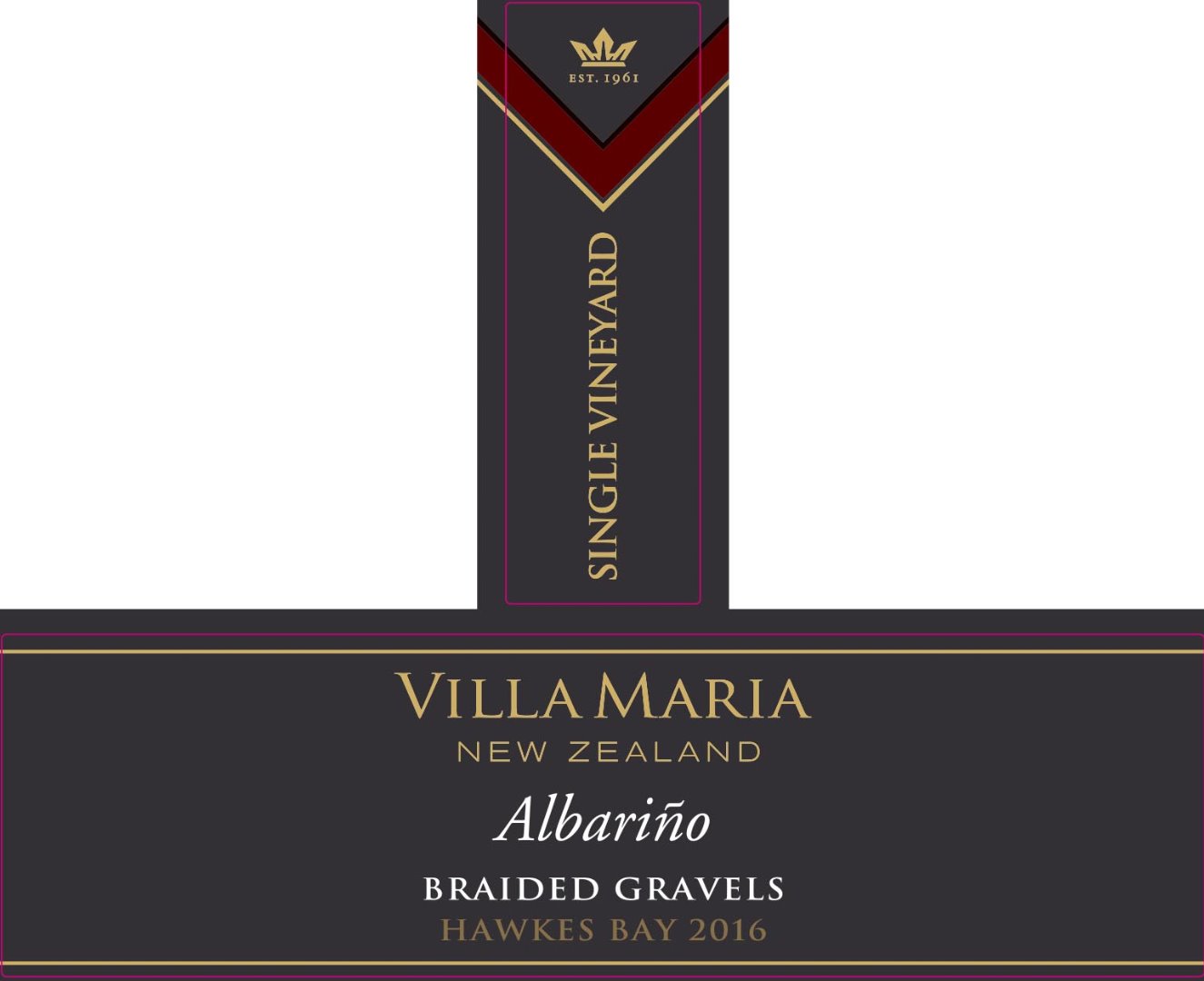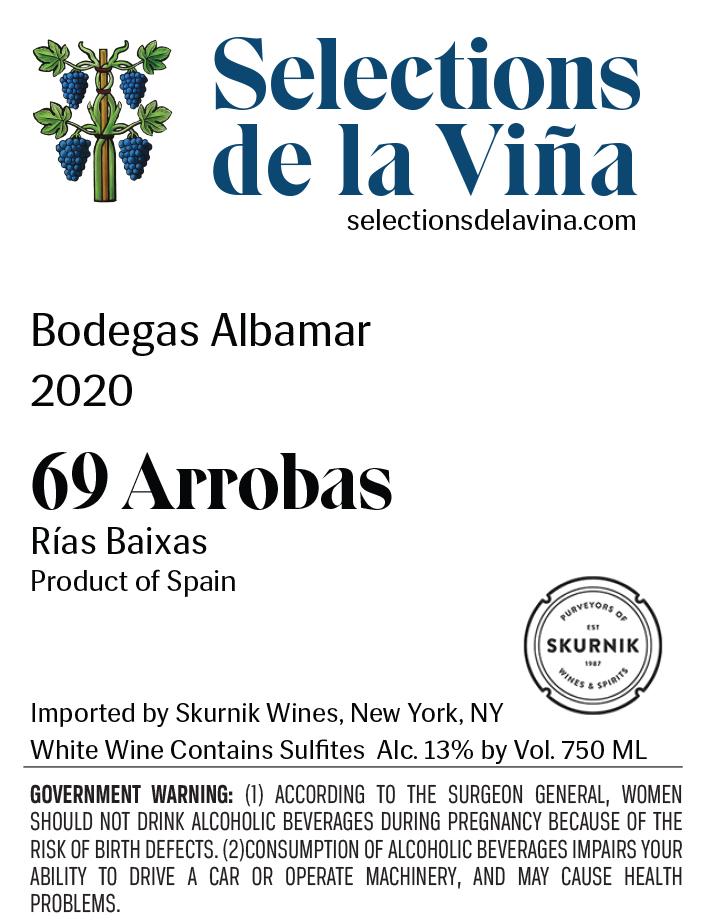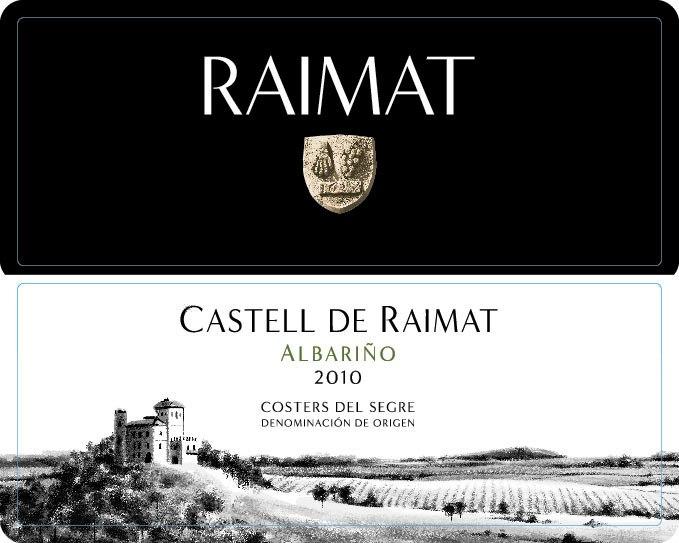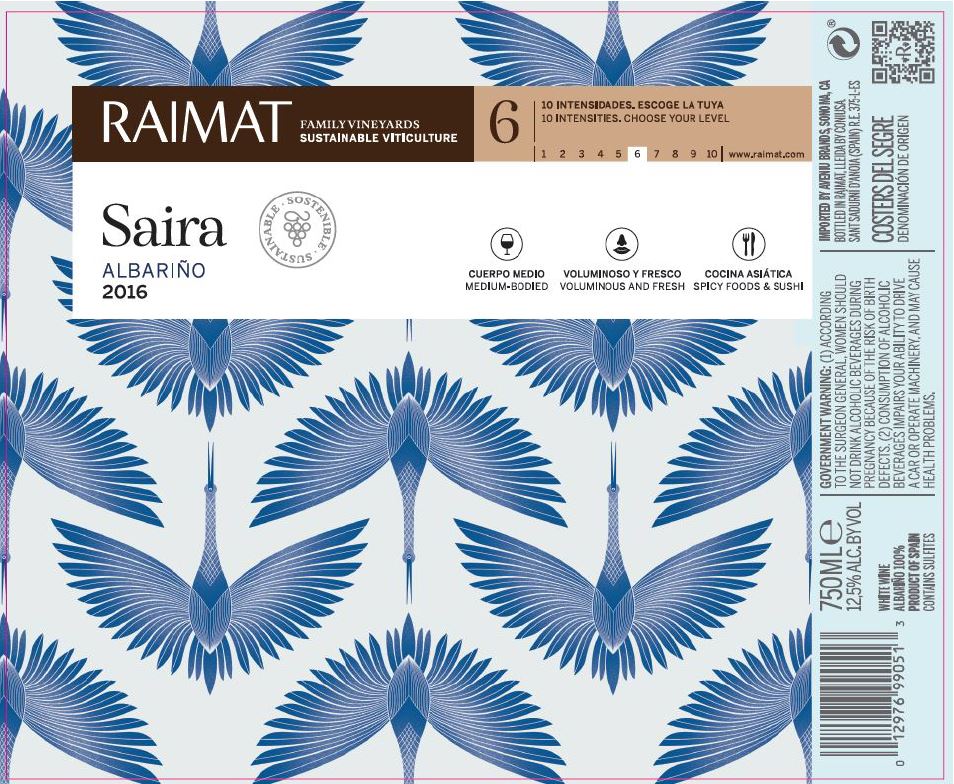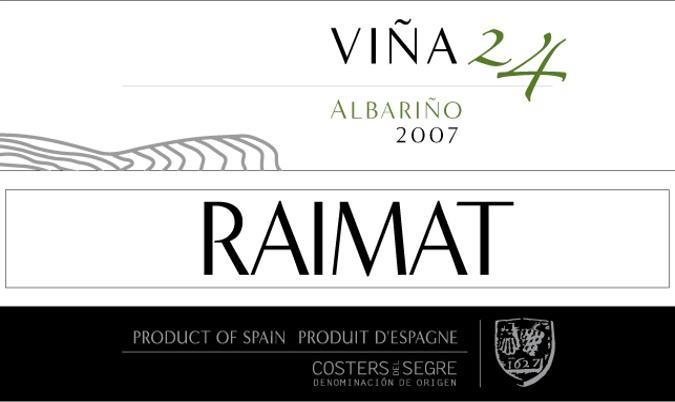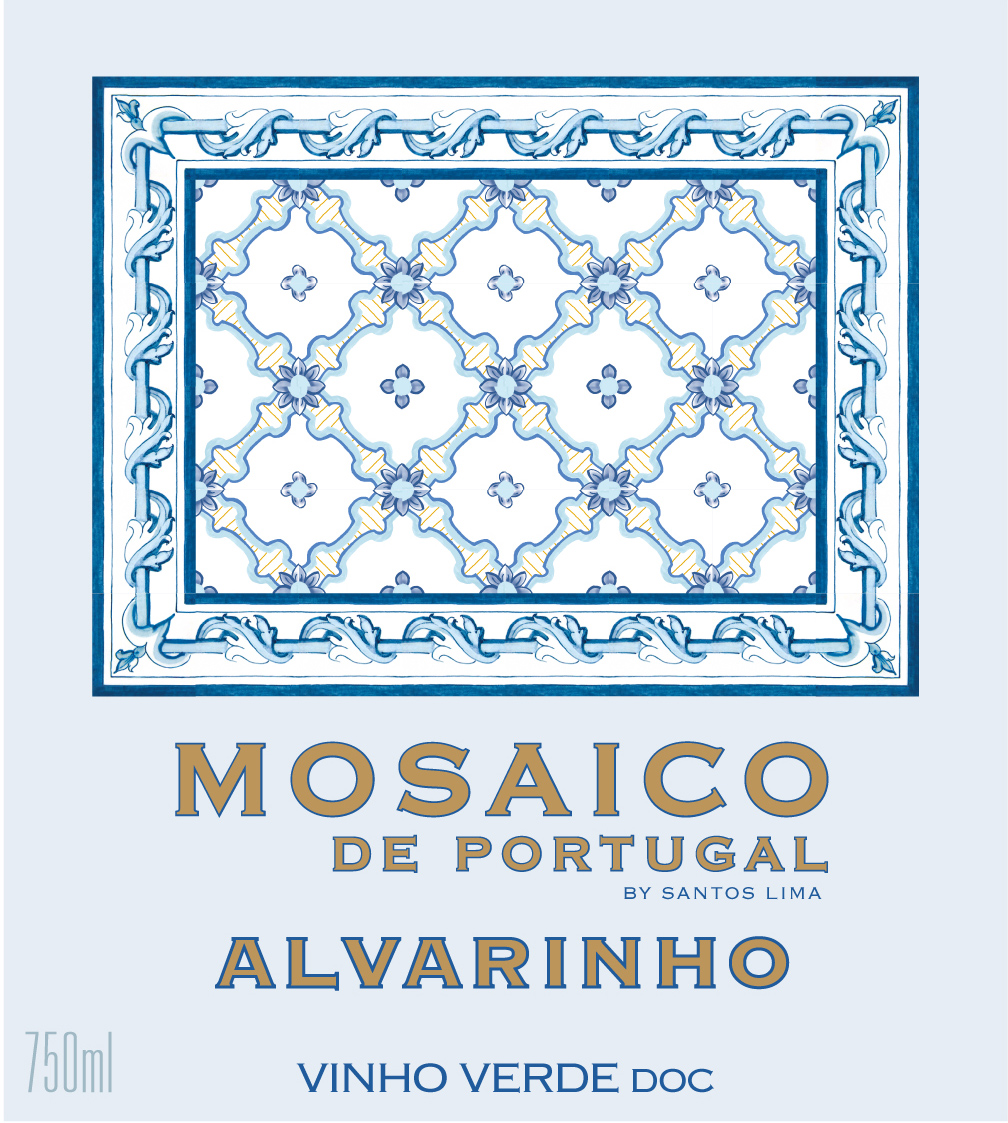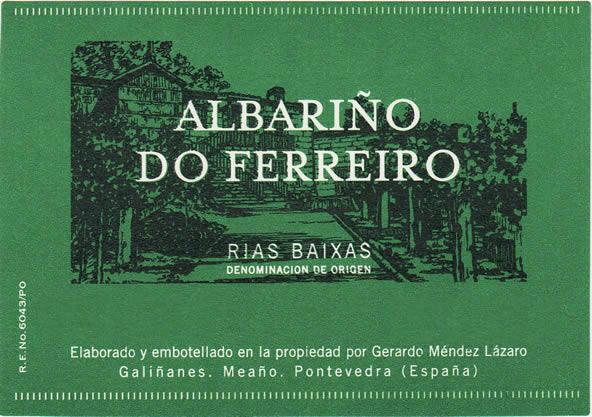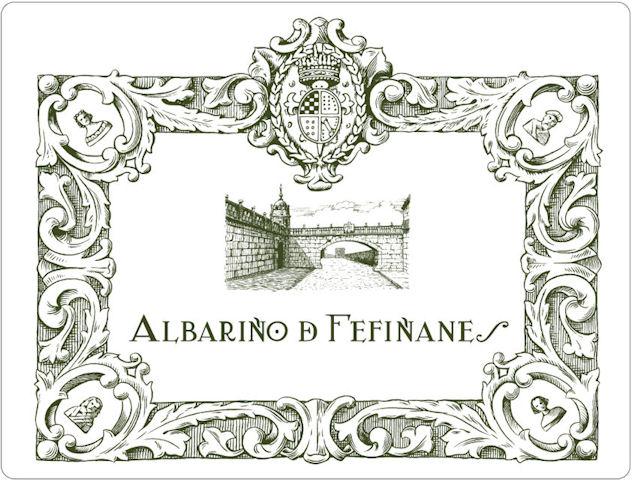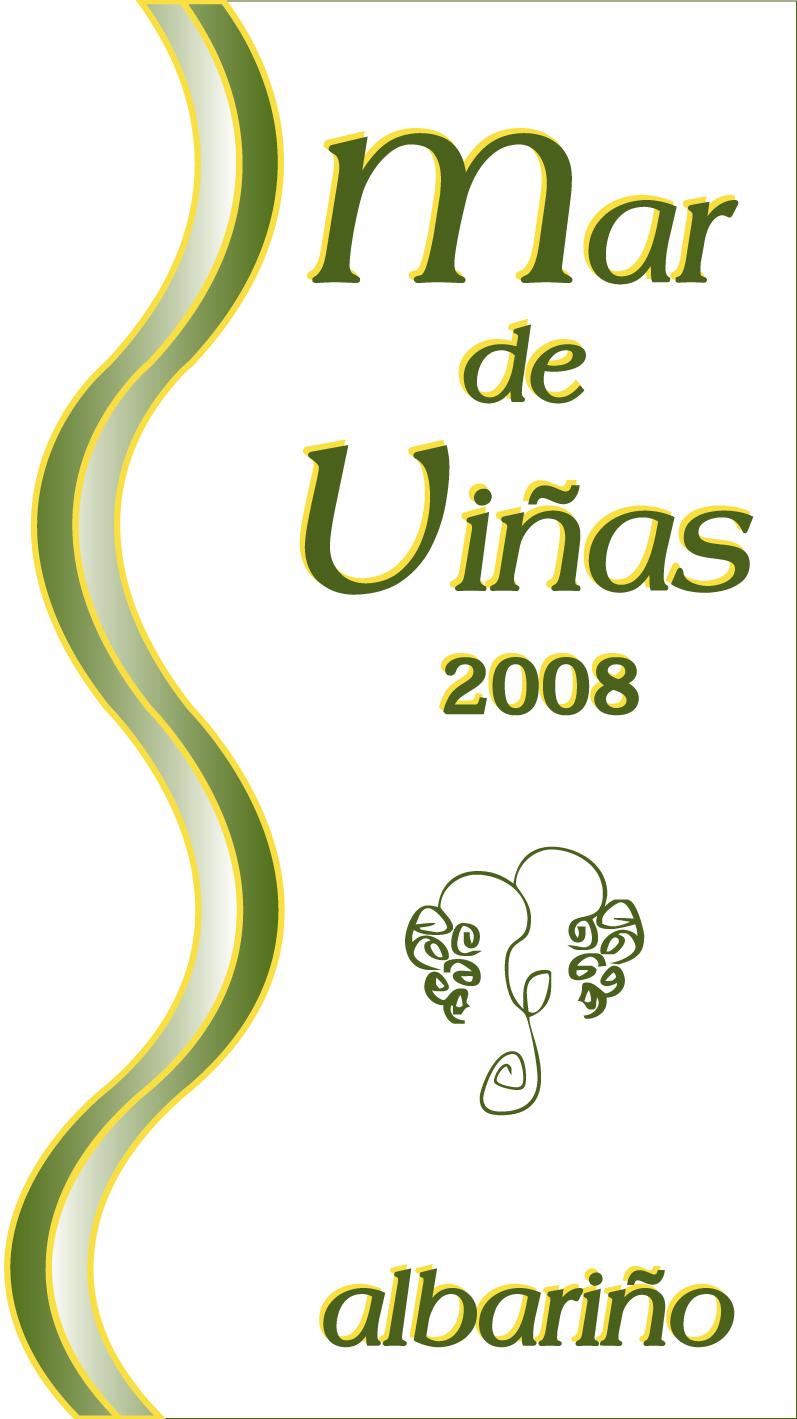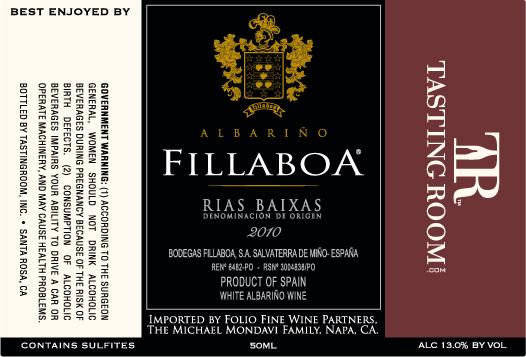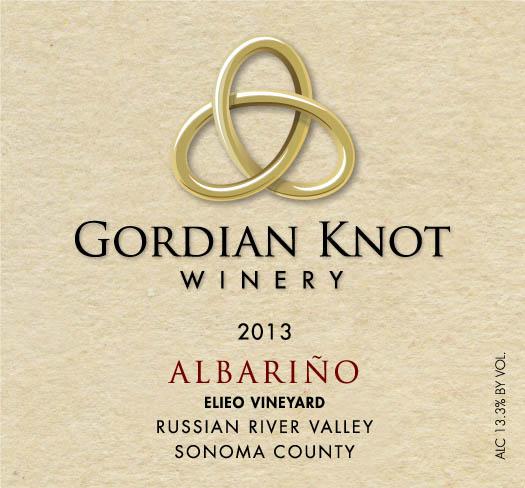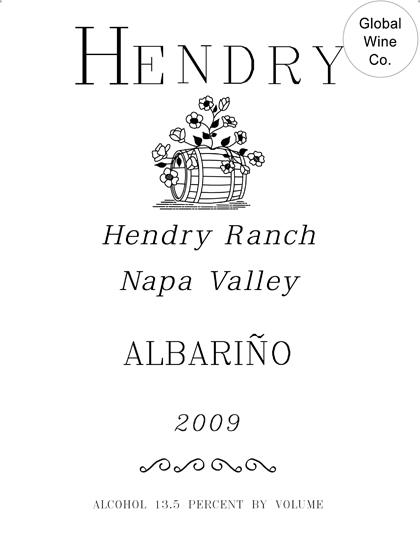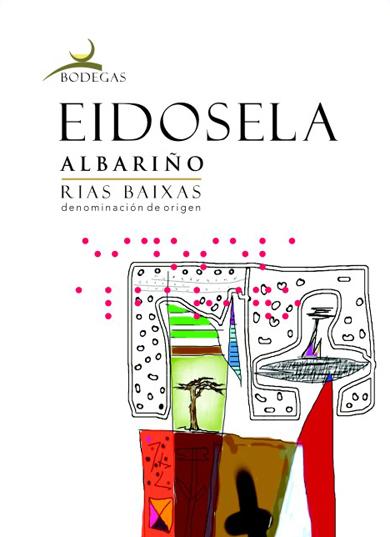Characteristics of Albariño
Albariño is instantly recognizable by its vibrant acidity and aromatic lift, qualities that make it both mouthwatering and versatile at the table. The grape’s thicker skins help preserve freshness and impart a subtle, pleasant bitterness—think grapefruit pith or green almond—on the finish. In the glass, Albariño is typically light to medium in body, yet it often surprises with a satisfying texture and depth, especially when aged on its lees. Its moderate alcohol levels and crisp profile are balanced by a pale straw color with hints of green or gold, hinting at the lively character within. Thanks to its natural resilience and careful vineyard management, Albariño consistently delivers wines that are refreshing, expressive, and uniquely tied to their coastal origins.
What Does Albariño Taste Like?
Albariño is typically dry, offering lively aromatics with notes of tangerine, orange
peel, mango, white peach, and gentle florals such as honeysuckle, orange blossom, and acacia. Coastal vineyards—especially in areas like
Rías Baixas and
Vinho Verde—impart a distinct mineral or saline undertone, reminiscent of wet stone or sea air, grounding the wine in its maritime origins. Winemaking techniques like lees aging or brief oak maturation can add subtle texture and complexity, while the finish often reveals a tingly sensation with a hint of grapefruit pith or green almond bitterness. Herbal elements (such as Thai basil or fennel), linden flowers, beeswax, and green almond may also appear, rounding out Albariño’s expressive, refreshing character.
Notable Region Albariño Grows In
Albariño’s signature freshness and aromatic vibrancy are deeply shaped by the unique climates and soils of its key growing regions.
-
Spain – Rías Baixas DO: The coastal, granite-rich vineyards of Galicia are Albariño’s spiritual home, yielding intensely mineral, saline, and citrus-driven wines with electric acidity.
-
Portugal – Vinho Verde (Monção e Melgaço): Just across the border, this northern sub-region produces structured, aromatic Alvarinho wines, often still, prized for their purity and aging potential.
-
California (USA): In cooler coastal areas like the Central Coast and Clarksburg, Albariño develops riper stone fruit flavors while retaining a fresh, lively profile.
-
Uruguay: With its Atlantic-influenced climate, Uruguay crafts precise, mineral-driven Albariños that are quickly gaining international acclaim.
Food Pairings
Albariño’s bright acidity and hint of salinity make it a natural choice for pairing with a variety of fresh, flavorful dishes.
-
Seafood and Shellfish: Enjoy Albariño with oysters, mussels, clams, shrimp, or crab—its crispness lifts the flavors of raw, grilled, or lightly fried seafood, much like a splash of lemon.
-
Light Proteins and Fresh Cuisine: This wine complements white fish, ceviche, sushi, and even delicate chicken or turkey dishes, as well as salads with vinaigrette and vegetable-based plates featuring herbs or grilled greens.
-
Cheeses and Global Dishes: Pair Albariño with soft cheeses like goat cheese or burrata, semi-hard varieties such as Manchego, or salty feta, and explore its versatility with Spanish tapas, Portuguese seafood, or lightly spicy Asian and Caribbean fare.


